Things Canada invented that they don’t get credit for
Canada, renowned for its maple syrup and picturesque landscapes, is also a land of groundbreaking innovations. Many inventions we use or enjoy today hail from this northern nation.
From life-saving medical advances to entertainment breakthroughs, Canadians have quietly left their mark on the world. Let’s embark on a journey to explore some of the most intriguing Canadian innovations that have shaped our daily lives, often without the recognition they deserve.
The Wonder of the Wonderbra

The Wonderbra, a staple in many wardrobes, was invented by Canadian Louise Poirier in 1964. This piece of lingerie was designed to provide both comfort and a flattering lift, revolutionizing how women viewed undergarments.
The Wonderbra’s success lies in its unique design that enhances cleavage while remaining comfortable, making it a favorite choice for many. Its popularity skyrocketed in the 1990s, becoming a cultural icon and cementing its place in fashion history.
Insulin: A Life-Saving Breakthrough
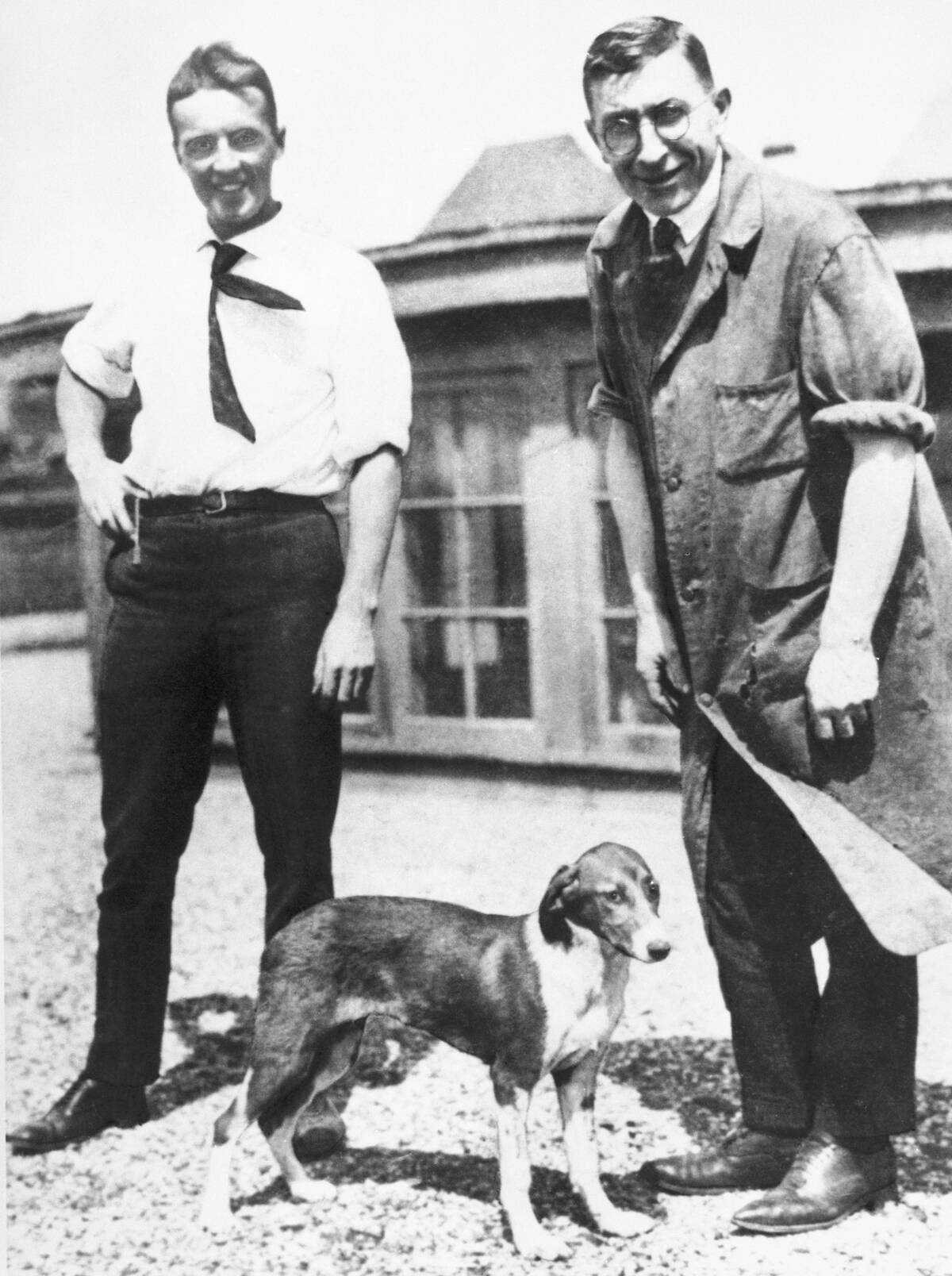
Insulin, discovered by Dr. Frederick Banting and Charles Best at the University of Toronto in 1921, revolutionized diabetes treatment. Before insulin’s discovery, diabetes was a fatal disease, but this hormone changed the prognosis dramatically.
The Nobel Prize-winning discovery allowed those with diabetes to manage their condition effectively, saving countless lives. Today, insulin remains a critical therapy for millions worldwide, underscoring Canada’s significant contribution to medical science.
The Creation of the Paint Roller

The paint roller, a simple yet effective tool, was invented by Norman Breakey in Toronto during the 1940s. This innovation made painting large surfaces easier and faster, transforming the painting industry.
Although Breakey patented the paint roller in Canada, he was unable to do so in the United States, as Richard Croxton Adams happened to invent a similar device there the same year Breakey did.
The Birth of the Electric Wheelchair

In 1952, Canadian inventor George Klein developed the electric wheelchair, which significantly enhanced mobility for individuals with physical disabilities. This invention provided newfound independence and accessibility for users, dramatically improving their quality of life.
Klein’s electric wheelchair was initially designed for injured veterans, but its impact soon spread globally. Today, it remains a vital tool for millions, reflecting the enduring legacy of this Canadian innovation.
The Discovery of Standard Time
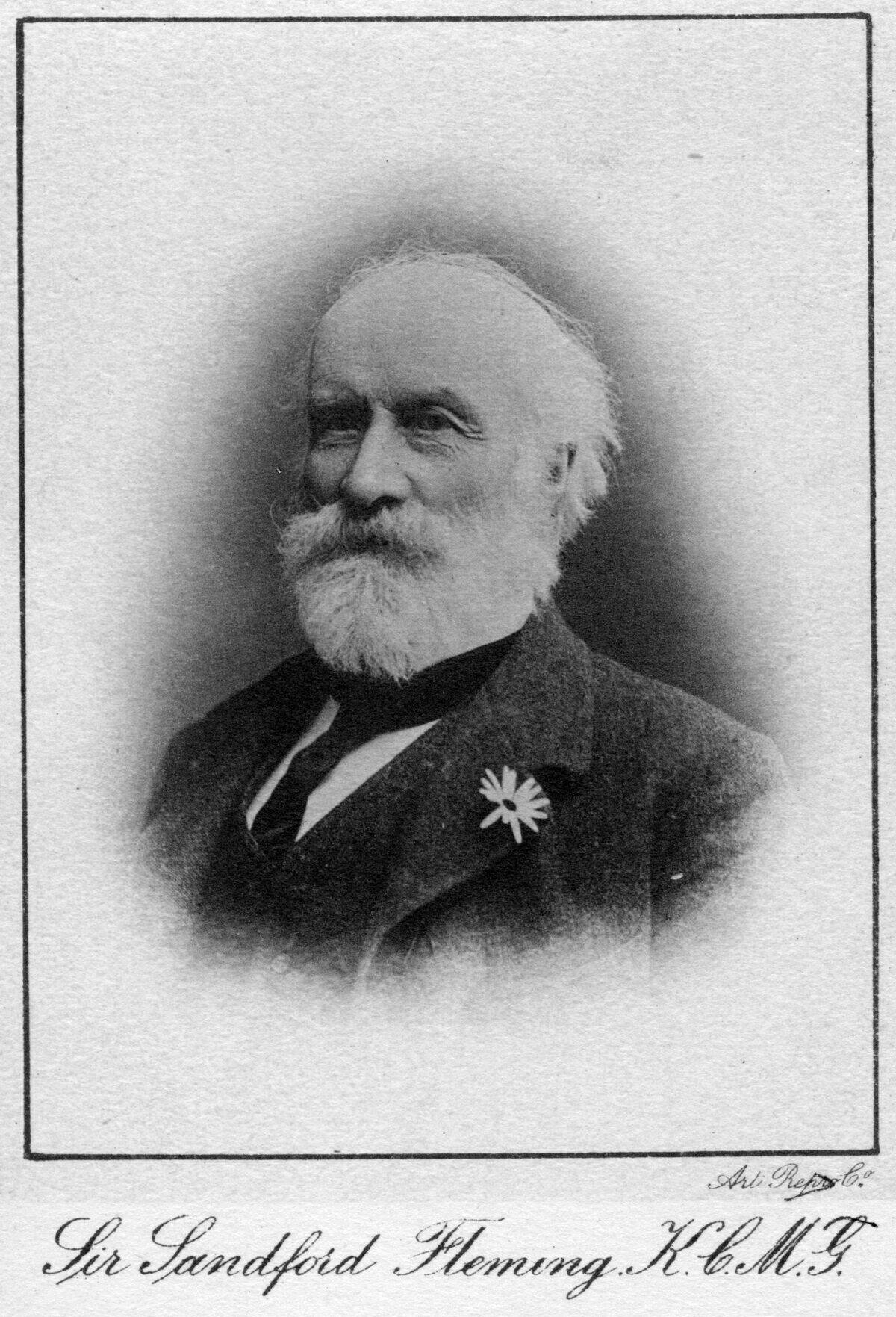
Sir Sandford Fleming, a Canadian engineer, proposed the concept of standard time in the late 19th century. Before this, timekeeping was inconsistent, varying from town to town based on the sun’s position.
Fleming’s idea of dividing the world into 24 time zones was adopted at the International Meridian Conference in 1884, streamlining global timekeeping. This innovation facilitated international travel and communication, making Fleming a pivotal figure in modern time management.
The Origins of the Walkie-Talkie
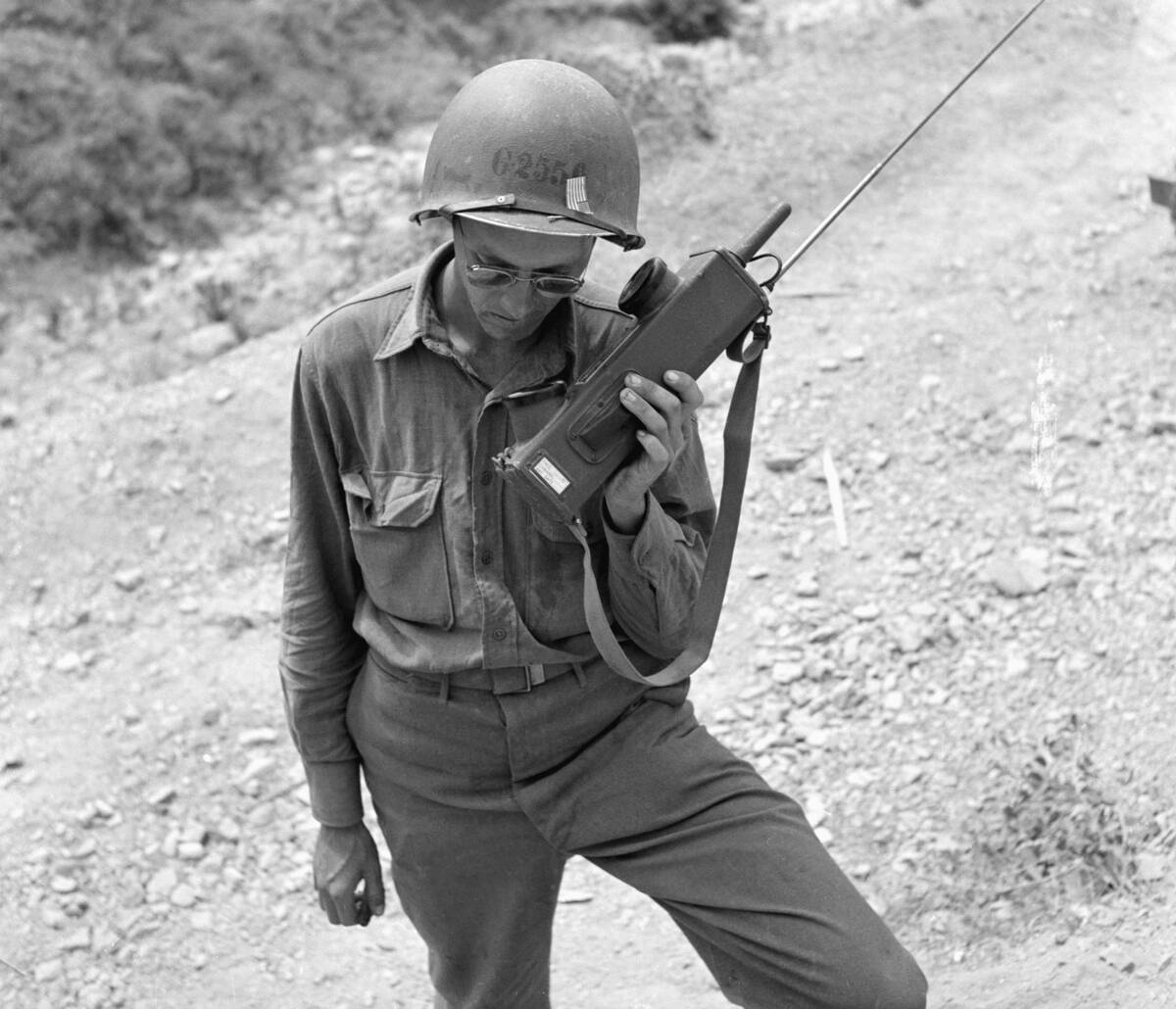
The walkie-talkie, a crucial tool for communication, was developed by British-Canadian inventor Donald L. Hings in 1937. Originally designed for bush pilots in remote areas, it became essential during World War II for military communications.
Its portability and ease of use made it a valuable asset in various sectors, from emergency services to outdoor activities. Hings’ invention laid the groundwork for modern wireless communication, showcasing Canada’s impact on global connectivity.
The Development of the Pacemaker
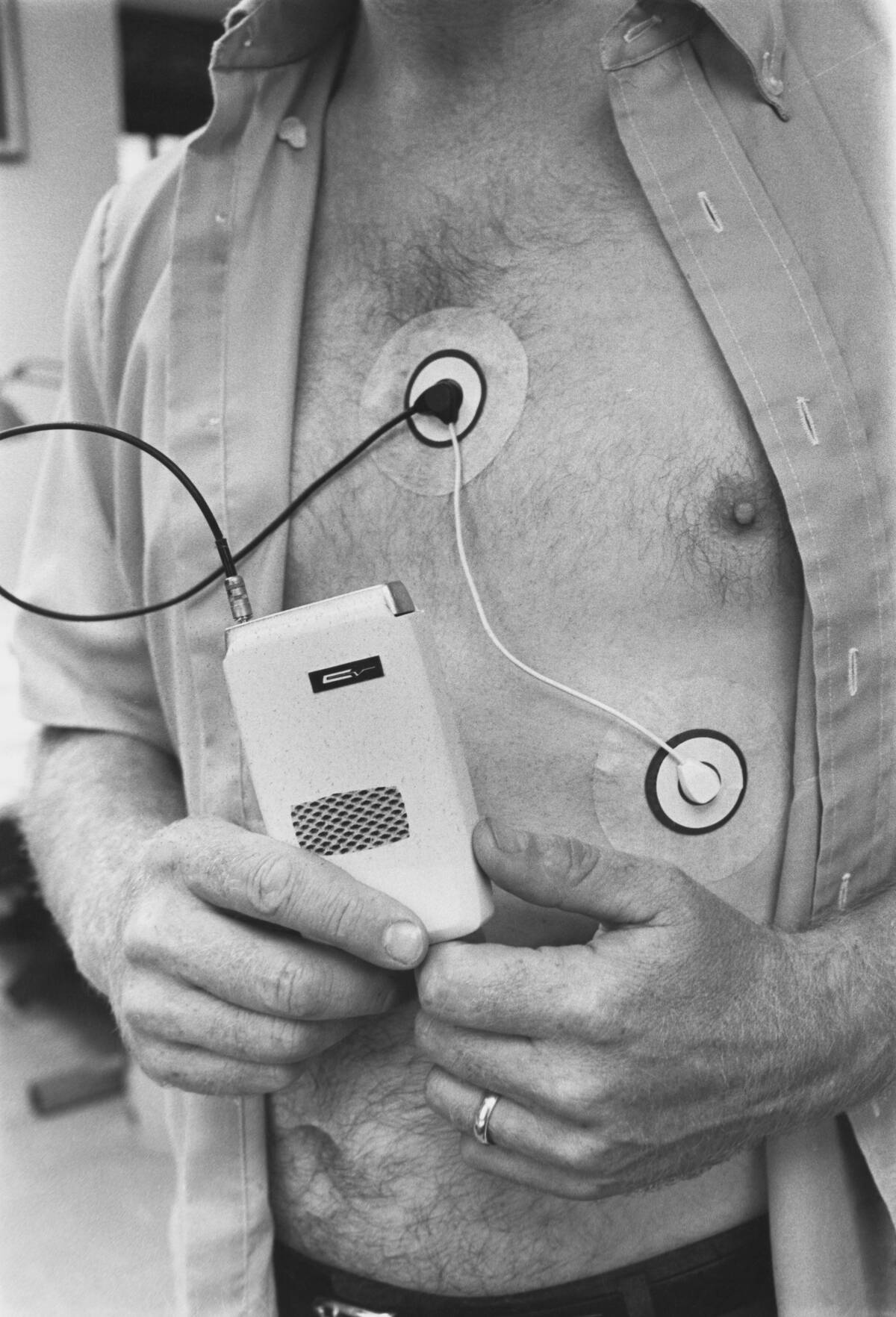
The external cardiac pacemaker, a lifesaving medical device, was invented by Canadian engineer John Hopps in 1950. Initially developed to address hypothermia in heart surgery patients, it soon became a critical tool for treating heart rhythm disorders. Ironically, he initially considered the task an “annoying interruption” of his research attempting to pasteurize beer with radio waves and microwaves.
The pacemaker’s ability to regulate heartbeats transformed cardiovascular medicine, providing hope and improved health outcomes for patients worldwide. This Canadian innovation remains a cornerstone of cardiac care, reflecting its profound impact on healthcare.
The Innovation of the Robertson Screwdriver

The Robertson screwdriver, known for its square-shaped socket, was invented by Canadian P.L. Robertson in 1906. Its design prevents slippage, making it more efficient than traditional screwdrivers.
This innovation is widely used in construction and manufacturing, praised for its ease of use and reliability. Despite its popularity in Canada, it faced challenges gaining traction in global markets due to licensing issues. Nonetheless, it remains a testament to Canadian problem-solving and innovation.
The Introduction of Poutine: A Culinary Delight

Poutine, a delicious Canadian dish, originated in Quebec in the late 1950s. It consists of french fries topped with cheese curds and smothered in gravy, creating a savory treat that’s beloved by many.
Its popularity has spread beyond Canada’s borders, with variations popping up in restaurants worldwide. Poutine’s appeal lies in its perfect blend of flavors and textures, making it a quintessential Canadian comfort food that continues to delight taste buds globally.
The Invention of the IMAX Experience
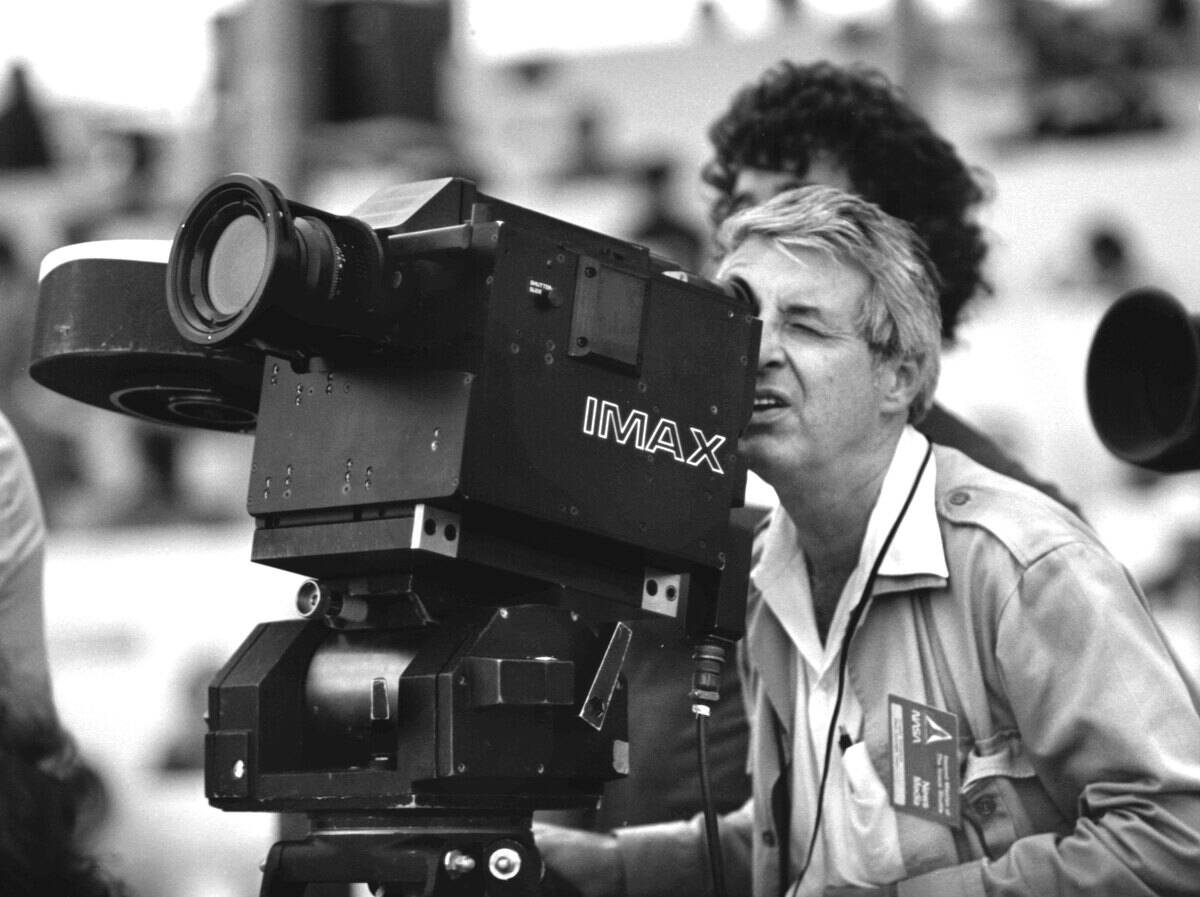
IMAX, a revolutionary film format, was developed by Canadian filmmakers Graeme Ferguson, Roman Kroitor, and Robert Kerr in 1967. It offers an immersive viewing experience with larger screens and enhanced sound quality.
The first permanent IMAX theater opened in Toronto in 1971, setting the stage for global expansion. Today, IMAX theaters are found worldwide, offering audiences an unparalleled cinematic experience, and highlighting Canada’s contribution to the film industry.
The Rise of the Canadarm

The Canadarm, a robotic arm developed for NASA’s Space Shuttle program, was constructed by Canadian company Spar Aerospace in 1981. It played a vital role in deploying, capturing, and repairing satellites, showcasing Canadian expertise in space technology.
The Canadarm’s success led to the development of the Canadarm2 for the International Space Station, further cementing Canada’s reputation as a leader in space robotics. Its legacy continues to inspire future innovations in space exploration.
The Evolution of the Egg Carton

The egg carton, an everyday item, was invented by Canadian Joseph Coyle in 1911. It was designed to prevent eggs from breaking during transport, solving a common problem for farmers and consumers alike.
Coyle’s design used individual compartments to cradle each egg, ensuring safe passage from farm to table. It revolutionized the packaging industry, and variations of the egg carton are still used today, demonstrating the enduring practicality of this Canadian invention.
The Inception of the Snowmobile

The snowmobile, a staple of winter transportation, was invented by Canadian Joseph-Armand Bombardier in 1937. Originally created to help residents navigate snowy terrains, this application for his caterpillar track system quickly became popular for recreational use.
Bombardier’s innovation transformed winter travel, offering a new way to explore snowy landscapes. Today, snowmobiles are used for both leisure and work, particularly in remote areas, showcasing the lasting impact of this Canadian invention on winter culture and activities.
The Unveiling of the Trivial Pursuit Game

Trivial Pursuit, a beloved board game, was created by Canadians Scott Abbott and Chris Haney in 1979. The game involves answering questions in various categories to earn wedges and complete a pie-shaped game piece.
Its engaging format and wide range of topics captured the interest of players worldwide, leading to its status as a classic game night choice. Trivial Pursuit‘s success highlights Canada’s influence in the gaming industry, offering fun and knowledge to generations.
The Birth of the Instant Replay System

The instant replay system, a cornerstone of modern sports broadcasting, was developed by Canadian George Retzlaff in 1955. First used during a CBC broadcast of a hockey game, it allowed viewers to see key moments again in real-time.
This innovation transformed sports viewing, enhancing the audience’s experience and ensuring accurate officiating. Instant replay has become an integral part of sports coverage worldwide, underscoring Canada’s lasting impact on the sports entertainment industry.



